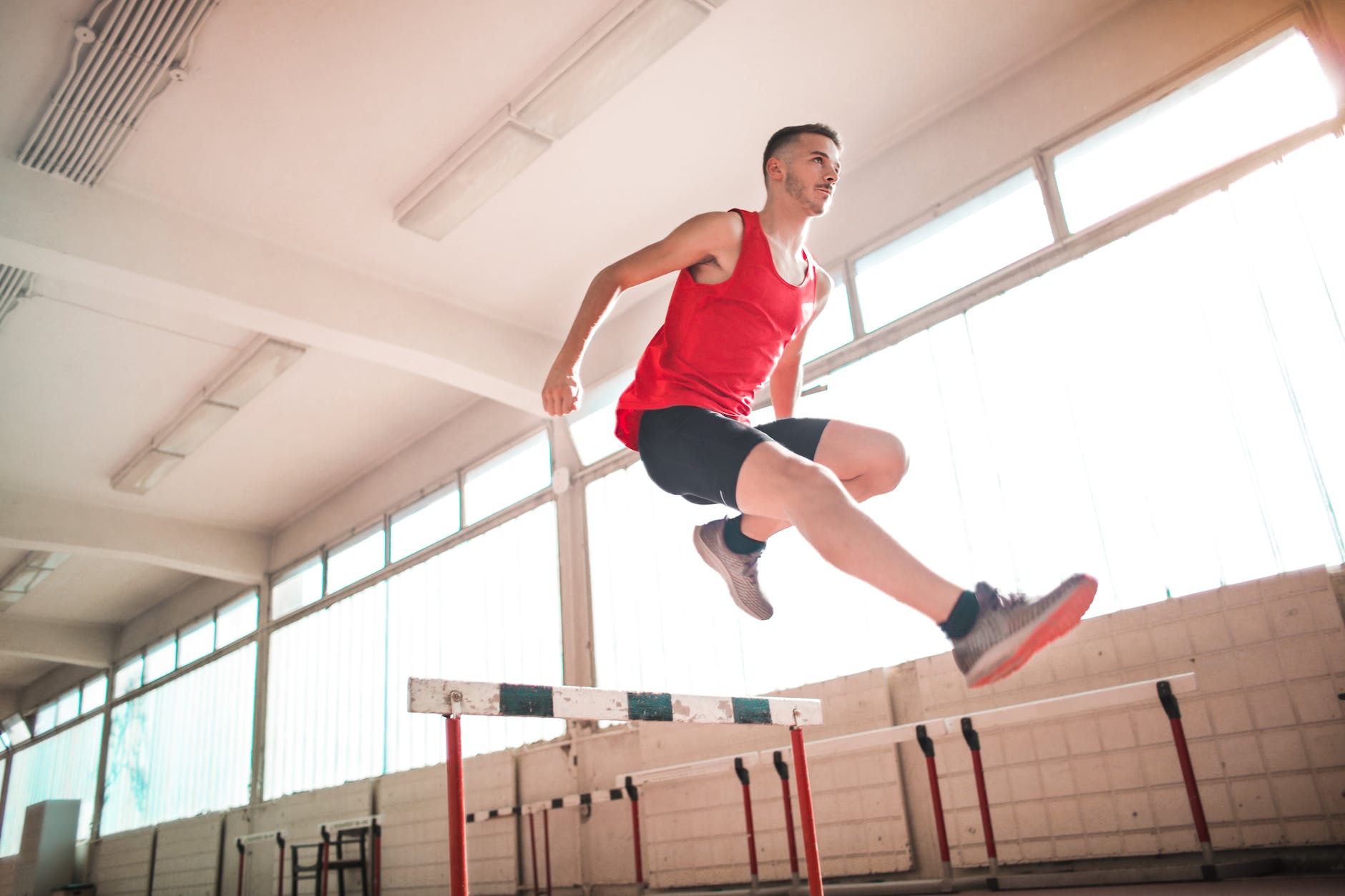The complex relationship between cannabis and exercise continues to be a fascinating field of study for researchers and athletes alike. The increasing legal acceptance of marijuana across the globe has generated interest, with ongoing discussions on its potential impact as a pre-workout supplement, its role in muscle recovery, and its purported effects on focus and endurance. This article will delve deeper into these elements, examining the intricate role of cannabis in promoting or possibly hindering athletic performance.
It was once thought that marijuana use was antithetical to sports performance. However, emerging research, including a study from the University of Colorado Boulder demonstrates a correlation between cannabis and exercise, suggesting that the psychoactive substance can enhance enjoyment of and recovery from exercise. However, it is essential to assess the varying cannabis components and their effects, particularly the two most notable cannabinoids: Tetrahydrocannabinol (THC) and Cannabidiol (CBD).
THC, the psychoactive component associated with a euphoric high, has a complex relationship with athletic performance. Studies on THC effects on performance have indicated both positive and negative impacts. Some athletes report enhanced focus, pain management, and increased motivation after using products with THC. Conversely, other research has highlighted potential drawbacks, such as impaired hand-eye coordination, reduced reaction times, and mental cloudiness.
CBD, on the other hand, has received positive attention for its potential therapeutic benefits without the mind-altering effects of THC. As an anti-inflammatory, CBD has been increasingly used for muscle recovery. According to a review published in the European Journal of Pain, CBD has been found to reduce pain and inflammation, suggesting its potential usefulness for athletes in dealing with physically demanding sports activities. Furthermore, it’s notable that CBD can stimulate the body’s endocannabinoid system, which can potentially aid in post-workout muscle recovery.
The intersection between cannabis and endurance is also noteworthy. Some athletes profess that cannabis supports them in overcoming mental barriers, enhancing their endurance during rigorous activities. Cannabis and motivation also seem connected for some users, who claim that the euphoria induced by certain strains can boost the drive and enthusiasm for workouts.
Despite anecdotal benefits, it is critical to consider the potential side effects of incorporating marijuana as a pre-workout routine or recovery tool. Cannabis consumption can lead to cottonmouth, increased heart rate, and variations in blood pressure, which may not be ideal for high-intensity sports.
Opting for cannabis-infused products for sports nutrition should be a decision based on individual reactions to the substance, fitness goals, and health history. Professional guidance from healthcare or fitness experts is crucial to ensure a safe and positive experience.
In conclusion, unraveling the connection between cannabis and sports performance is no small feat, given the compound nature of cannabis and the individualistic response to it. It bears enormous potential, whether in pain management, muscle recovery, or as a motivational instrument. However, prioritizing research and understanding the nuances of cannabinoid receptors, individual strain effects, and personal tolerance levels will be instrumental in truly harnessing these potentials.
Cannabis in sports is an evolving field and an exciting prospect — symbolizing a shift in our perception and approach to performance enhancement. Being informed and conscious regarding its consumption will lay the foundation for a healthier, optimized fitness journey.
